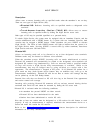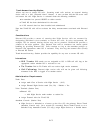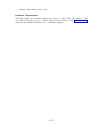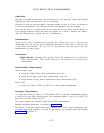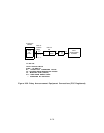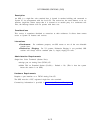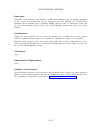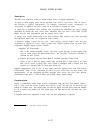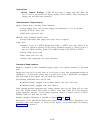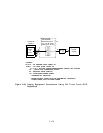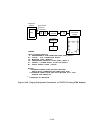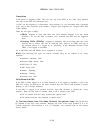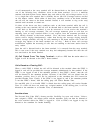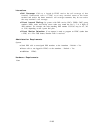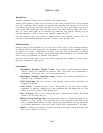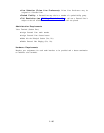Interactions
● Direct Inward Dialing: A DID call may access a paging code. This allows the
user to dial in and utilize the Paging System Access feature. Dial restricting the
paging code will block this interaction.
Administration Requirements
Special Feature Ports (Auxiliary Trunk Interface):
● Assign Paging access code for each paging zone (maximum = 3) to be provided
● Assign All Zones access code
● Dial restrict zone (Yes, No).
Multiline Voice Terminals (Station Port):
● Assign DSS button with paging zone access code as required.
Trunk Ports:
● Requires a port on a ZTN76 Ground Start Trunk or ZTN77 Loop Start Trunk CP for
each port interface required. If the paging equipment requires a contact closure, a
port on a TN763 Auxiliary Trunk CP is required instead of the ZTN76 or ZTN77.
● Assign Trunk Access Code
● Dial restrict zone (Yes, No)
● Assign other appropriate CO trunk parameters.
Hardware Requirements
Requires a PagePac or other compatible paging system.
Also requires Auxiliary or CO trunk
ports.
Paging may occur in up to three zones or in alI zones at once. The recommended method of
interfacing is via CO trunks (either loop or ground start) using a PAGE-PAC 20 equipped
with Zone Mate 9; this requires only one trunk port interface.
The following PAGE-PAC units may be used:
● PAGE-PAC-Family equipped with Common Control Unit (one zone only)
● PAGE-PAC-Family equipped with Zone Mate 9.
Some customer-provided equipment may require separate ports on the Trunk CPs for each
zone. The ZTN76 Ground Start Trunk or ZTN77 Loop Start Trunk CP is the preferred
paging equipment interface.
If the paging equipment requires a contact closure, a TN763
Auxiliary Trunk CP Pack must be used.
Detailed connection information is provided in Figures 2-33 and 2-34.
Descriptions of the SIP (Station Interconnect Panel), TAE (Trunk Access Equipment), and
associated cables and adapters, as shown on the figures, are provided under the heading
“Connectivity” in Section 4.
2-178



